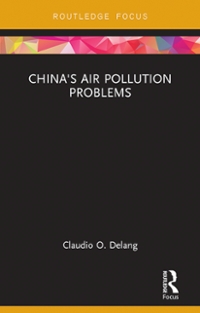Question
4. Suppose that a firm's inputs are labor (variable costs) and trucks (fixed costs) and the firm owns one truck and the cost function, in
4. Suppose that a firm's inputs are labor (variable costs) and trucks (fixed costs) and the firm owns one truck and the cost function, in the short run, is C(q) = 50 + q + 1 2 q 2 .
(a) The marginal cost function is MC(q) = 1 + q. It is the derivative of the cost function or C/q for small q. What are the average total cost and the average variable cost functions? Note: I'm asking you to give me functions of q, or AC(q) and AV C(q).
(b) Graph the three cost functions, MC(q), AC(q), and AV C(q).
(c) If the price is $15, how much output will the firm produce if it is maximizing profits? Assume the firm is a price-taker and its output decision does not effect the price.
(d) Suppose that in the long run the firm can purchase more trucks (and of course also hire more labor). If the firm expects the price to stay at $15, will the firm buy more trucks? Answer intuitively The question is, is this business profitable so that if it doubled its labor and doubled its capital (trucks) it would make more money? Alternatively, you might ask would another firm want to enter this industry if it had the same costs as you? (Note that I'm having you assume answer intuitively, and ignoring economies of scale or diseconomies of scale.)
(e) If the firm expects the price to drop to $9 and stay at $9, will the firm buy more trucks? Explain. Again, answer intuitively. Is its business profitable so that if it doubled its labor and doubled its capital (trucks) it would make more money?
Step by Step Solution
There are 3 Steps involved in it
Step: 1

Get Instant Access to Expert-Tailored Solutions
See step-by-step solutions with expert insights and AI powered tools for academic success
Step: 2

Step: 3

Ace Your Homework with AI
Get the answers you need in no time with our AI-driven, step-by-step assistance
Get Started


